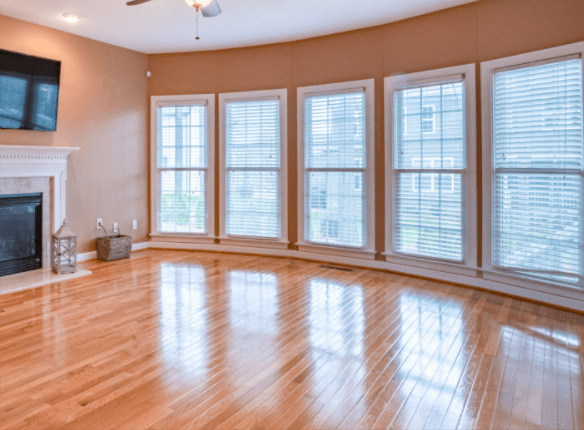Many individuals love the appearance of faux wood blinds versus real wood blinds, however they are not entirely sure if faux or real wood really is the ideal choice for them.
What do you need to know before deciding between these two blind types?
First you should understand the difference between faux wood and real wood. Then we will discuss the advantages and disadvantages of both types of window blinds.
Faux wood blinds are more moisture resistant than real wood blinds. This is because faux wood contains a wood-like “finish”, which provides more resilience to damage from moisture and humidity. However, there are also disadvantages to using faux wood blinds.
Faux wood blinds work best in high humidity areas such as kitchens and bathrooms. Although their moisture resistance is one of their benefits, they do not provide the same level of insulation that real wood window coverings do. This is because the “finish” used in faux wood blinds is much less dense than the wooden “finish”. Also the finish often lacks the durability of real wood and may warp after years of use. Another disadvantage to faux wood blinds is that they are not as durable as real wood window coverings.
When it comes to insulation, faux wood blinds perform better than other types of window coverings. However, the lack of dense “finish” in their construction means that they allow more air to circulate than comparable products. This means that in hot weather, you may need to open your windows a bit more in order to keep the house warm. In cold weather, however, the heavier louvers will allow cooler air in than lighter models will. Also, these heavy louvers will block some of the sunlight from penetrating through.
Because of their lack of dense “finish” and greater degree of air permeability, faux wood blinds do have one real drawback – increased and unnecessary warping over time. This is especially true when humidity levels increase or if water becomes trapped between the slats. Although this problem can be minimized with careful cleaning and occasional re-washing, it does happen. It is therefore important to check once a year for any warping, especially in humid climates where condensation or water might pool between slats.
Overall, both of these types of window treatments are easy to install, fairly cheap, and easy to maintain. Both types of faux wood blinds are available at most hardware and home improvement stores as well as online. While real wood offers some visual elegance and is often more expensive, faux wood blinds offer many advantages in terms of ease of use, cost, and appearance. If money is an issue, or you are concerned about environmental impacts, then either type of blind may be the right choice for you!
